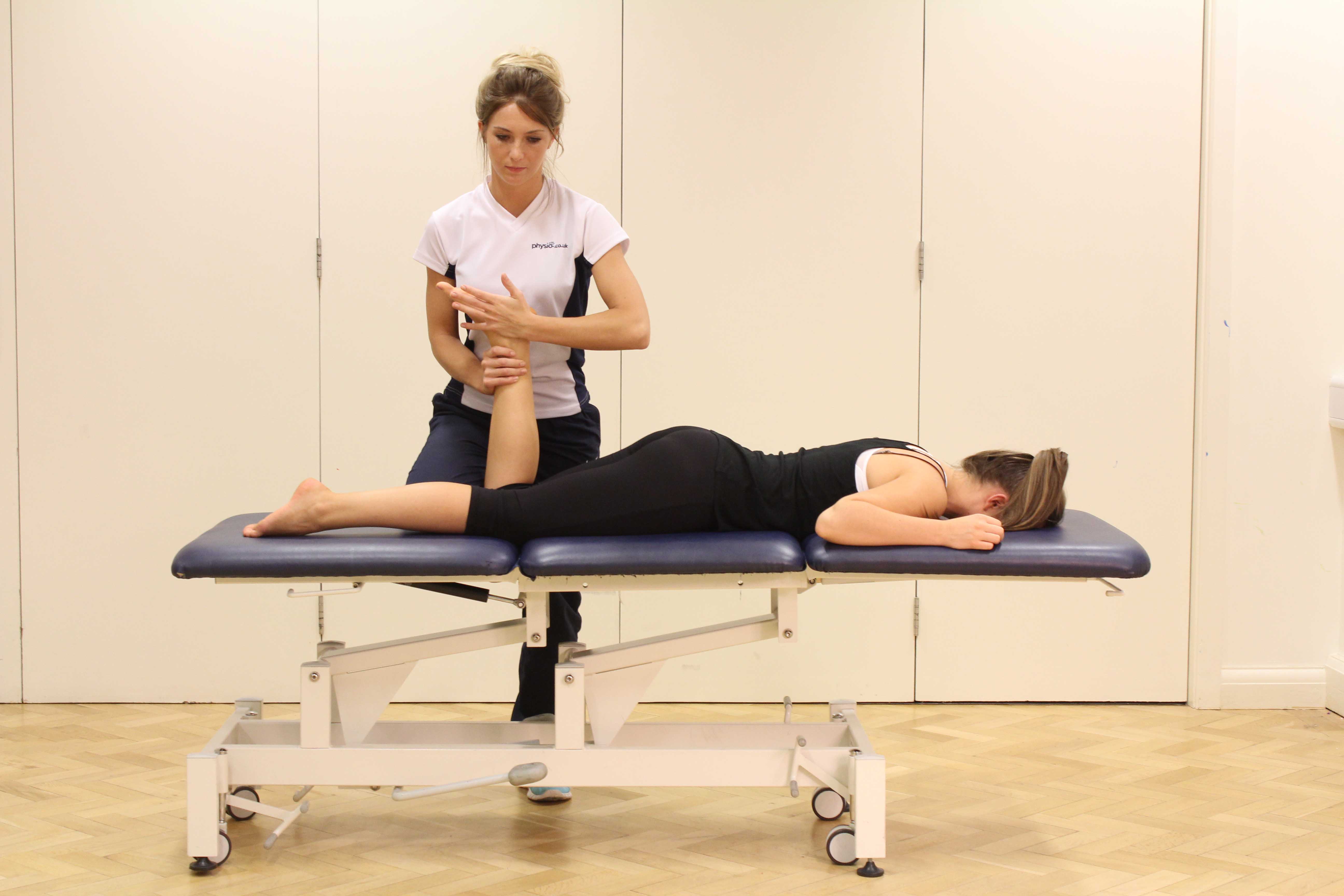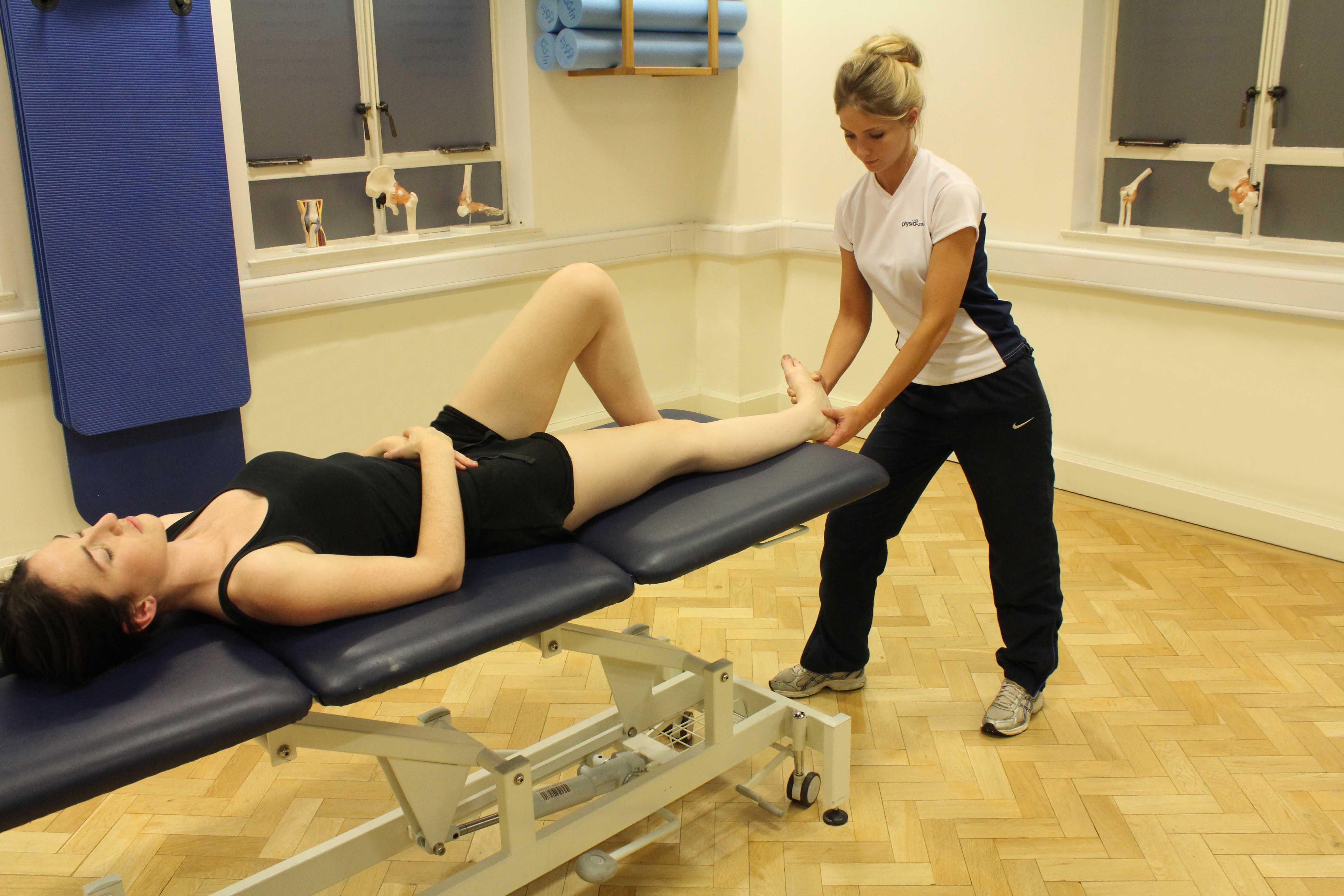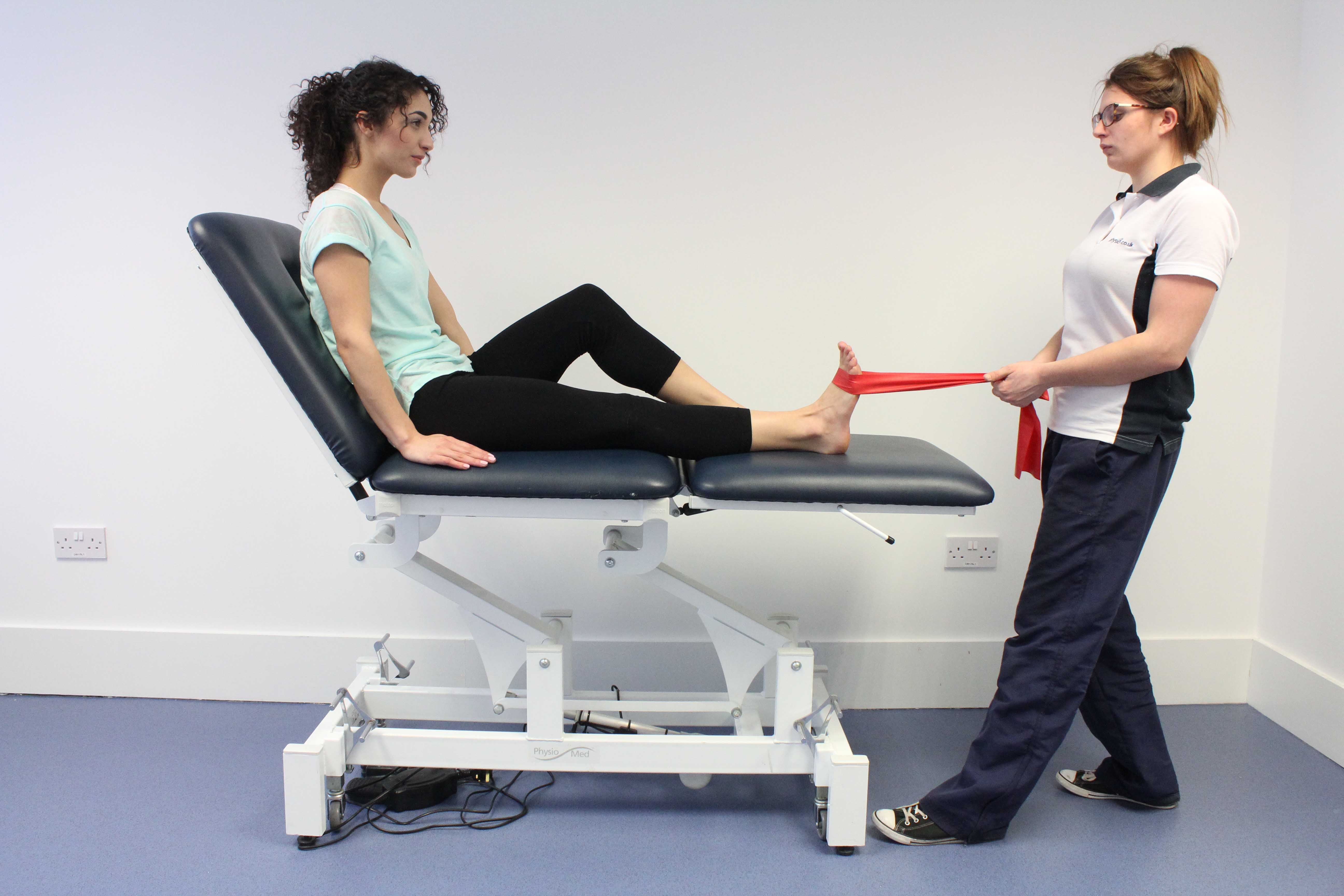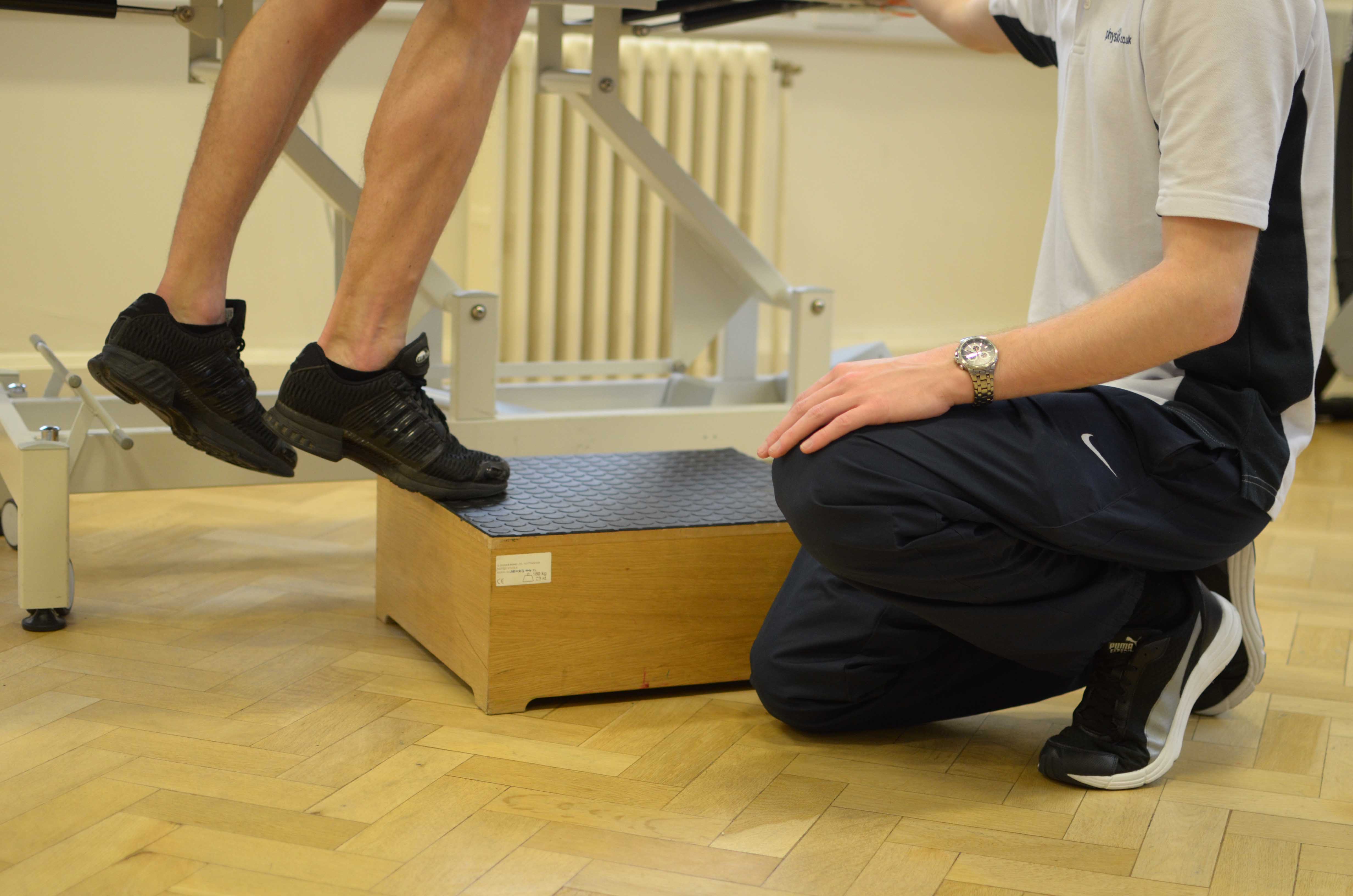Weil osteotomy surgery
Weil osteotomyis an operation performed to relievegeneralised pain under the ball of the foot (metatarsalgia), or straighten clawed toes.
Pain under the ball of the foot (metatarsalgia) can be caused by a number of structures including:
- Bony causes - Abnormal foot posture, hypermobility in big toe, previous trauma
- Soft tissue causes - Reduced size of fat pad, previous trauma
- Neurological causes - Morton’s neuroma
- Joint related causes - Joint subluxation/dislocation, Freibergs infarction
 Above: mobilisations and stretches of the foot and ankle
Above: mobilisations and stretches of the foot and ankleWeil osteotomy surgery involves a cut (approximately 4 cm long) being made on top of the forefoot(between the metatarsal bones). If toes are being straightened at the same time the cut may extend into the toes. The joint at the base of the toes is then opened, allowing the tissues to relax. A cut is then made into the bone in the foot that joins to form the joint, (metatarsal)to allow it to slide back enough to relax the joint and relieve pressure under the foot. The bone is then fixed in its new position with screws and the cut is stitched closed.
Physiotherapy is important following Weil osteotomy surgery to reduce pain, increase range of movement and maintain strength.
 Above: Isometric stretches of the planta fascia
Above: Isometric stretches of the planta fasciaSymptoms after Weil osteotomy
Following surgery you are likely to experience residual pain and swelling. The osteotomy requires protection in the post operative shoe for 4-6 weeks.
Although the type of operation and the post operative shoe allow for walking immediately, this is likely to remain uncomfortable for the first week.
 Above: Strengthening exercises for the foot and ankle using a resistance band
Above: Strengthening exercises for the foot and ankle using a resistance bandPhysiotherapy after Weil osteotomy
0-1 weeks Physio.co.uk advises you predominantly rest with your foot elevated, and only walk for short periods with your surgical boot and the aid of crutches. Ice is advised to reduce pain and swelling.
1-6 weeks You will remain in your surgical boot for this period, however you will be encouraged to walk for short periods as pain allows. Being up on your feet will help keep the rest of the lower body strong, whilst also keeping your stamina up. Our physiotherapists will be able to provide you with an exercise programme to gradually begin to increase the range of movement within your affected foot.
6-10 weeks Once your surgical boot has been removed our physiotherapists will begin to work on perfecting your walking pattern. Our physiotherapists will create a program that incorporates balance work, strengthening exercises and range of movement exercises to allow you to continue perfecting your walking technique at home.
10 weeks+ Now you’re walking correctly, our physiotherapists will turn their attention to other tasks you may be finding difficult. These could include driving, returning to sport or climbing the stairs. Our physiotherapists will be able to advise you on the best way to approach these tasks, or may suggest modifications that prove useful.
 Above: mobilisations and stretches of the foot and ankle
Above: mobilisations and stretches of the foot and ankleSummary
Weil Ostetomy surgery is used to relieve pain under the ball of the foot. It involves opening up the joint at the base of the toes to allow the tissues to relax, a further cut into the foot bone (metatarsal) allows the joint to relax and pressure under the foot to be relieved. The bone is then fixed in its new position with screws and the cut is stitched closed. Recovery is likely to take between 6 and 12 weeks depending on what it is you want to achieve. Physio.co.uk will be able to work with you in creating a personalised physiotherapy programme to enable you to work at your own pace in returning to the most important tasks of your everyday life.
Call Physio.co.uk now on 0330 088 7800 for more information or to book an appointment please contact us.

 0330 088 7800
0330 088 7800


































